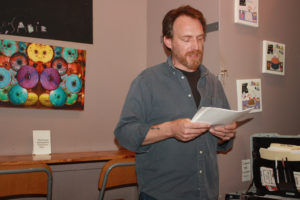Recently, I attended two professional meetings at which leading national critics, artists and other creative folk discussed the future of what, for lack of a more “cutting edge” term everyone could agree on, they called art. (Although the real purpose of these get-togethers is to gossip and troll job opportunities, sometimes the “A” word cannot be avoided, even at an otherwise convivial luncheon.)
I was struck by the fact that one after another, each artist-luncher raved about the wonders of technology in his field: how the computer has transformed her work, and the way it is disseminated.
I thought back to my first encounters with artists, in college in the last century. The subject of passionate conservations then, I seem to remember, was not the tools of making art, but its content. Its style. In coffeehouses and at parties, artists of different generations mixed to argue theories and scribble manifestos on napkins. They chattered endlessly about the difficulties of drawing a definitive line or carving form from wood and stone, but they didn’t natter on about their typewriters, pencils or paint brushes. They saw themselves as part of the great tradition of Western art. After college, this dialogue continued.
Then, about 10 years ago, conversations about the content of art stopped, to be replaced among writers with paeans not to Apollo, but to their word processors. EST-like proselytizers who were otherwise intelligent novelists and poets proclaimed the miracle of processed verbiage. Conversion to the rapid advances of technology was constant among the with-it culturati. Hardly a week passed without news of another hold-out succumbing to the heady rush of silicon. At gatherings, talk turned not to Eric Fischl, Francis Bacon or Thomas Pynchon, but to Bill Gates. If content in art was discussed, it was inevitably either about its shock value, its financial standing or its cultural analysis. Form became, in these conversations, a series of sound bytes.
Like kids with new toys, artists oohed and aahed about what they could accomplish now that they had this machine or that software; the how of making art became more important that the why. Artists have always been scouts on cultural frontiers, but they’ve worked the edges with appropriate skepticism. No longer: It is arguable now that the new technologies have not only seduced artists, but swept away their usual disdain for conformity—thus neutering them as cultural and spiritual avatars.
Could it be, with nothing to say to the new century, that many once-savvy, even hip artists have opted to substitute cool tools for the age-old quest for truth and beauty? Could it be, in fact, that with the advent of the computer age such a quest just seems, well, corny? Could it be that this is the shameful secret behind post-Modernism, Structuralism and the other academic theories which diminish the role of the artist? That art is dead? That artifice now rules?
For the 21st century, the nerd and the academic reign in the arts. Technology is no longer a tool, but a religion—an opiate for the intelligent—which serves the god of commerce. Bow down.





